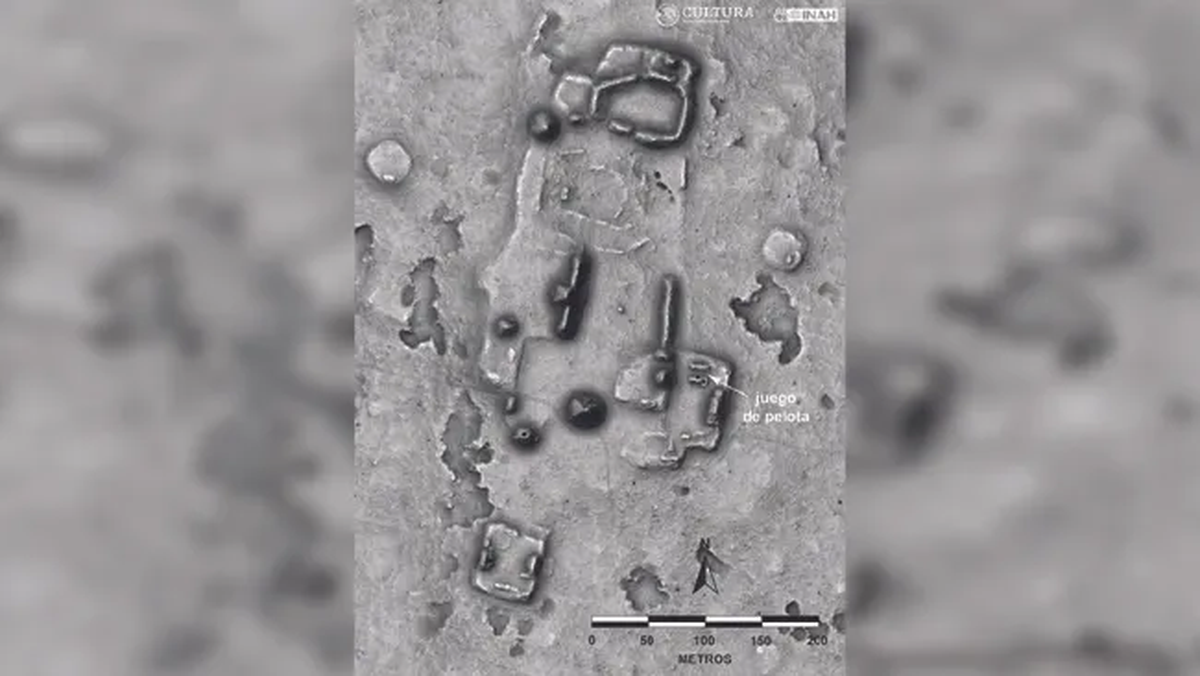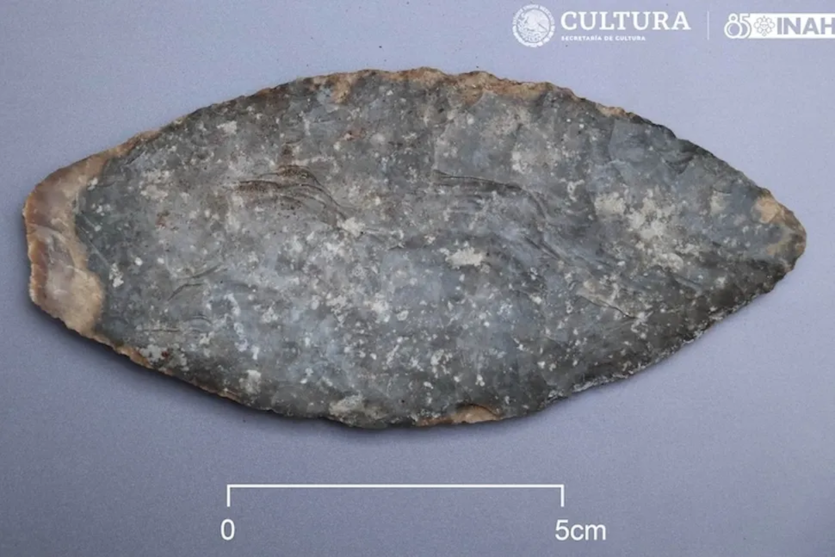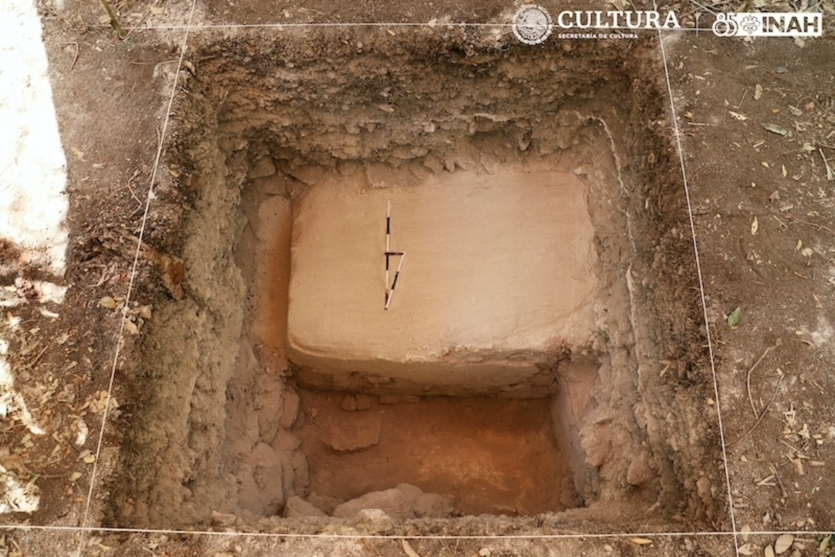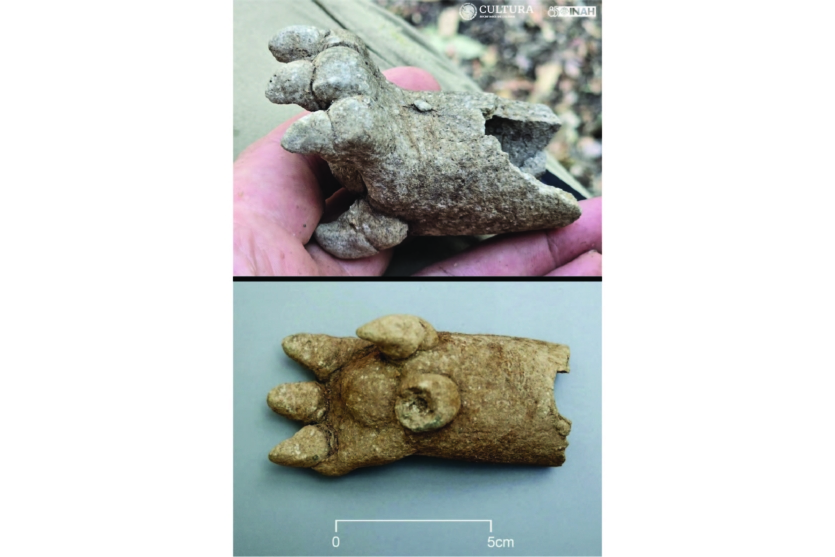Archaeologists have made an important discovery in the Mexican state of Campeche. During the excavation of the Maya ball field, researchers discovered an underground structure with painted walls.
Ivan Šprajc, an archaeologist from the Institute of Anthropological and Spatial Studies in Slovenia, who is leading the excavations, spoke about the discovery. According to him, the team discovered parts of an older building with painted walls. However, only further research will be able to reveal the full shape and purpose of this building.
Spreitz emphasized the importance of this discovery, noting that ball courts are usually found only in large Maya settlements that were centers of regional political organization. The National Institute of Anthropology and History of Mexico reports that the structure may date back to the Early Classic period (200-600 AD) and is covered with a layer of painted stucco.

Prior to the excavation, Spreitz and his colleagues surveyed a large area of the Maya lowlands with lidar, a technology that uses laser pulses to create detailed maps of the area. This allowed them to identify several ancient Maya settlements with the remains of residential buildings and temple pyramids.
In 2023, the team found the lost Mayan city of Okomtun, home to several large pyramids from the Classic Period (approximately 200-900 AD). The new find is located in a previously unexplored area south of Okomtun.
In addition, archaeologists have discovered another site with a square, a 16-meter-high pyramid, and a rectangular water tank. At the top of the pyramid, they found sacrificial offerings: ceramic dishes, a ceramic animal leg (possibly an armadillo), and a flint knife or spearhead.



Spreitz explained that these offerings were left on top of the temple in the late postclassical period (1250-1524), when the central Maya lowlands were already in political disarray. However, small groups of people still roamed the area, leaving offerings on the buildings of their ancestors.
These discoveries in Mexico are part of a broader trend of archaeological research in Latin America that continues to uncover the secrets of the region’s ancient civilizations. In parallel with the work in Campeche, important findings have been made in other parts of the continent.
In northwestern Peru, archaeologists discovered the ruins of 5000-year-old ceremonial temple and human remains under a sand dune. The site is located in the Zaña area and is part of the archaeological complex Los Paredones de la Otra Banda — Las Animas.
Source: Livescience
Spelling error report
The following text will be sent to our editors: